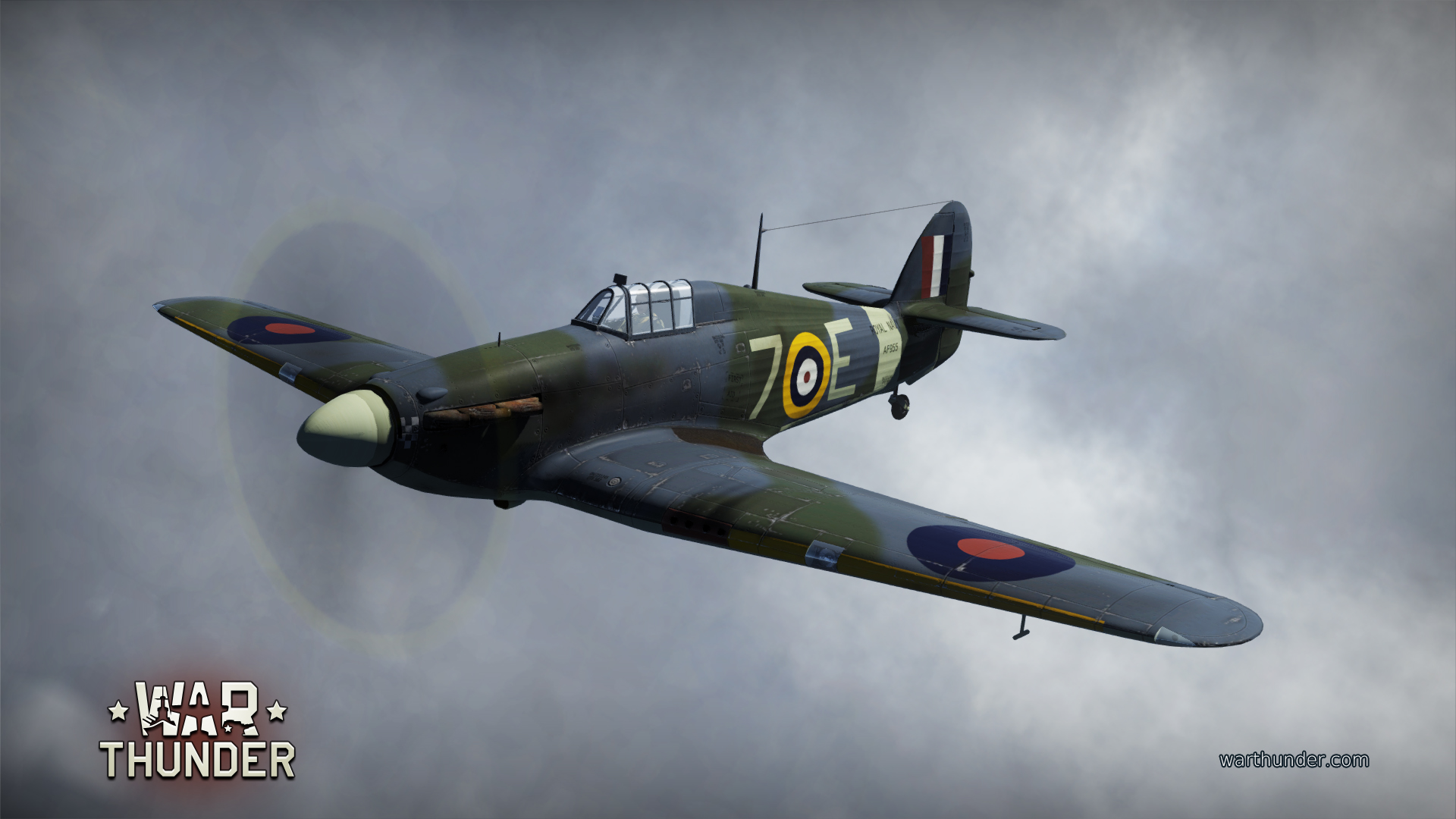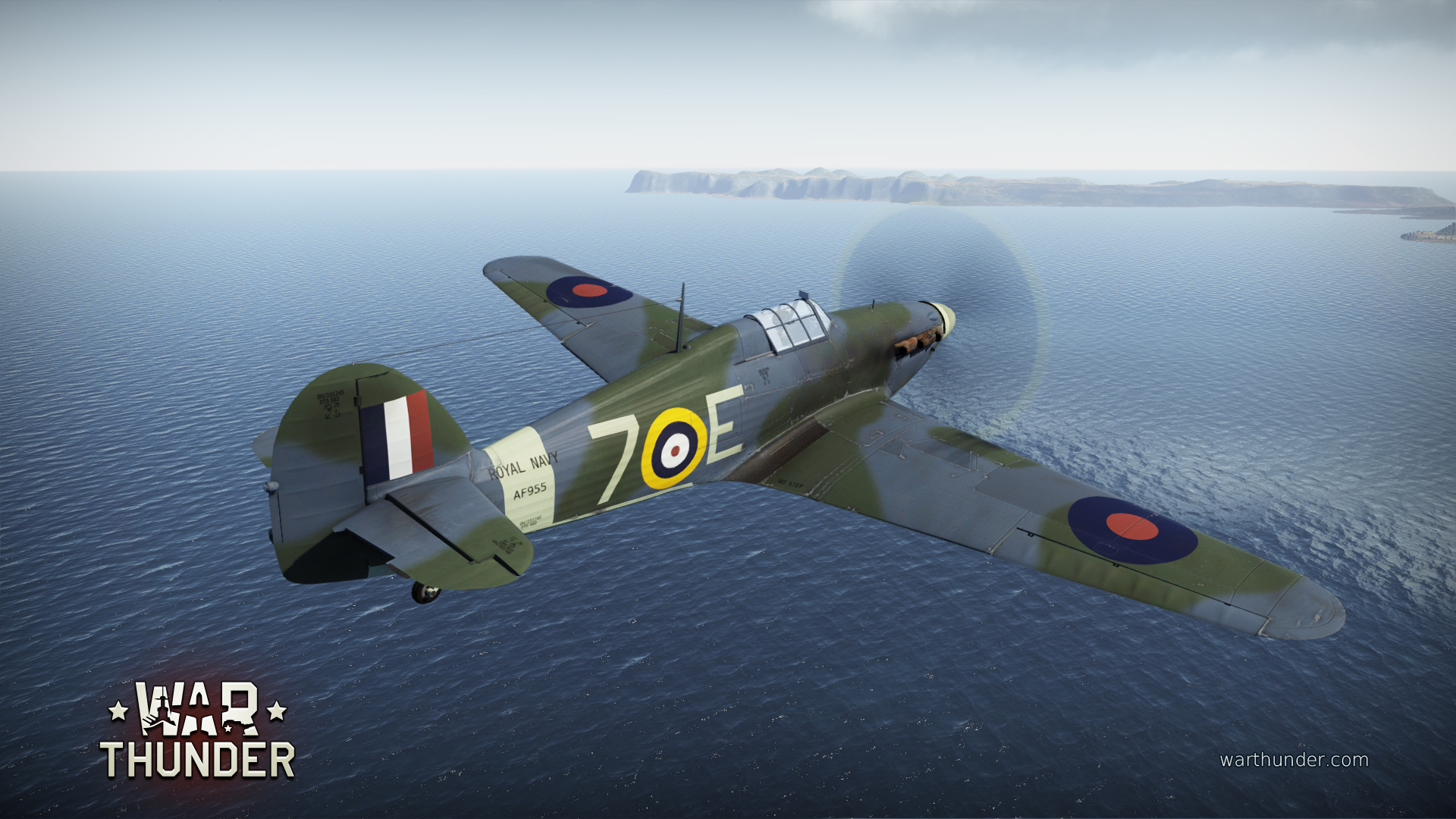
- For PC
- For MAC
- For Linux
- OS: Windows 10 (64 bit)
- Processor: Dual-Core 2.2 GHz
- Memory: 4GB
- Video Card: DirectX 11 level video card: AMD Radeon 77XX / NVIDIA GeForce GTX 660. The minimum supported resolution for the game is 720p.
- Network: Broadband Internet connection
- Hard Drive: 23.1 GB (Minimal client)
- OS: Windows 10/11 (64 bit)
- Processor: Intel Core i5 or Ryzen 5 3600 and better
- Memory: 16 GB and more
- Video Card: DirectX 11 level video card or higher and drivers: Nvidia GeForce 1060 and higher, Radeon RX 570 and higher
- Network: Broadband Internet connection
- Hard Drive: 75.9 GB (Full client)
- OS: Mac OS Big Sur 11.0 or newer
- Processor: Core i5, minimum 2.2GHz (Intel Xeon is not supported)
- Memory: 6 GB
- Video Card: Intel Iris Pro 5200 (Mac), or analog from AMD/Nvidia for Mac. Minimum supported resolution for the game is 720p with Metal support.
- Network: Broadband Internet connection
- Hard Drive: 22.1 GB (Minimal client)
- OS: Mac OS Big Sur 11.0 or newer
- Processor: Core i7 (Intel Xeon is not supported)
- Memory: 8 GB
- Video Card: Radeon Vega II or higher with Metal support.
- Network: Broadband Internet connection
- Hard Drive: 62.2 GB (Full client)
- OS: Most modern 64bit Linux distributions
- Processor: Dual-Core 2.4 GHz
- Memory: 4 GB
- Video Card: NVIDIA 660 with latest proprietary drivers (not older than 6 months) / similar AMD with latest proprietary drivers (not older than 6 months; the minimum supported resolution for the game is 720p) with Vulkan support.
- Network: Broadband Internet connection
- Hard Drive: 22.1 GB (Minimal client)
- OS: Ubuntu 20.04 64bit
- Processor: Intel Core i7
- Memory: 16 GB
- Video Card: NVIDIA 1060 with latest proprietary drivers (not older than 6 months) / similar AMD (Radeon RX 570) with latest proprietary drivers (not older than 6 months) with Vulkan support.
- Network: Broadband Internet connection
- Hard Drive: 62.2 GB (Full client)
 |
About the author:Mark Barber, War Thunder Historical ConsultantMark Barber is a pilot in the British Royal Navy's Fleet Air Arm. His first book was published by Osprey Publishing in 2008; subsequently, he has written several more titles for Osprey and has also published articles for several magazines, including the UK's top selling aviation magazine 'FlyPast'. His main areas of interest are British Naval Aviation in the First and Second World Wars and RAF Fighter Command in the Second World War. He currently works with Gaijin as a Historical Consultant, helping to run the Historical Section of the War Thunder forums and heading up the Ace of the Month series. |
Ace of the Month – Lt Cdr RJ “Dickie” Cork
One of the most successful fighter pilots to serve in the Royal Navy’s Fleet Air Arm, Richard ‘Dickie’ Cork is unfortunately rarely mentioned alongside other great ace aces of the Second World War. A veteran of the Battle of Britain and Operation Pedestal, Cork was considered one of the finest and most highly respected naval fighter pilots when his life was tragically ended in a flying accident in 1944.
Richard John Cork was born in London in April 1917, his father having served in the Queen Victoria’s Rifles in France during the First World War. A keen sportsman in his youth, Cork represented his county at rugby and also rowed at a competitive level, making up in part for his mediocrity in academic studies. Under the influence of his Minister, an ex-First World War fighter pilot, Cork applied to join the Royal Navy as a pilot along with his childhood friend, Arthur Blake. With war on the horizon and after successful interviews, both Cork and Blake were accepted for Short Service Limited Commissions in the Fleet Air Arm.
After graduation from Greenwich Naval College in May 1939, Cork was promoted to Acting Sub-Lieutenant and commenced flying training. It was during his embryonic phases of learning to fly on Tiger Moths when Germany invaded Poland in September 1939. By March 1940, both Cork and Blake had qualified as pilots, both showing the necessary aptitude to be streamed onto fighters. However, with RAF Fighter Command’s shortage of pilots becoming critical in the summer of 1940, both Cork and Blake were amongst 58 Royal Navy pilots detached to the RAF to bolster the numbers during the Battle of Britain.

After converting to the Hawker Hurricane, Cork was posted to No.242 Squadron, under the command of legendary Squadron Leader Douglas Bader. Cork himself flew as ‘Red Two’ - Bader’s wingman - for much of his time with 242 Squadron. Between August 30th and September 13th Cork shot down five German aircraft and became an ‘ace’ – one of four Royal Navy fighter pilots to do so during the Battle of Britain. Another was Cork’s childhood friend Arthur Blake, who shot down five German aircraft whilst flying Spitfires with No.19 Squadron before he was killed on October 29th. RAF Fighter Command awarded Cork the Distinguished Flying Cross for his services, but this was revoked by the Admiralty on his return to the Fleet Air Arm and exchanged for a Distinguished Service Cross.
Joining 880 Naval Air Squadron in January 1941, Cork was now an experienced fighter ace and well respected within the Fleet Air Arm. After an initial period of working up with Grumman Martlets, 880 NAS were re-equipped with Hawker Sea Hurricanes before embarking on the carrier HMS Furious for the Petsamo and Kirkenes attacks in Norway in July. 880 NAS then embarked aboard HMS Indomitable and, after Cork was promoted to Lieutenant, were deployed off the coast of Madagascar in May 1942 to support ground forces against Vichy French positions. Cork destroyed seven French aircraft on the ground, but 880 NAS met little resistance in the air.
880 NAS’ finest hour would come when they formed part of the defence for Operation Pedestal; the largest convoy of the entire war to send resupplies to the strategically critical island of Malta. Four aircraft carriers, two battleships and dozens of smaller warships protected a fleet of merchantmen which came under constant attack from Italian and German air and sea forces for four days in August 1942. Now Senior Pilot (Second in Command) of 880 NAS, Cork led his Section of Sea Hurricanes into colossal dogfights of over 100 aircraft above the fleet. On August 11th Cork became the only pilot in the history of the Royal Navy to achieve ‘Ace in a day’ after shooting down a Messerschmitt 110, two Junkers 88s and two Savoia Marchetti 79s. The next day he took command of 880 NAS after the Commanding Officer, Lt Cdr Judd, was killed whilst attacking a Heinkel 111.
After the success of Operation Pedestal, Cork was promoted to Lieutenant Commander and awarded the Distinguished Service Order. An unwilling center of attention in the PR generated by the success of Pedestal, Cork’s fears were realized when, no longer willing to risk their well publicized hero, he was posted to Royal Naval Air Station Yeovilton in September 1942 to fulfill the role of Chief Flying Instructor. It took 15 months of requests to return to front line duties; Cork was finally given command of the 15th Naval Fighter Wing, made up of three Squadrons of Vought Corsair fighters. After sailing for the Indian Ocean to join the British Pacific Fleet, Cork began to work up his Wing for flying alongside the more experienced US Navy aviators already in theatre.

At dawn on August 14th 1944, Cork launched from HMS Illustrious to assess the weather conditions for a practice ground strike against the RAF airfield at China Bay, Ceylon. As the conditions were poor and a carrier landing seemed even riskier than normal, Cork was ordered to divert to China Bay and the practice strike was cancelled. Cork entered the pattern at China Bay and flew two circuits, flashing his lights and waggling his wings to show his intentions to land. Flying Control illuminated the airfield flare path, which was probably interpreted by Cork as a signal to land. Unfortunately, the illumination of the lights was meant to be a signal to a second Corsair on the ground, waiting for permission to take off. In the dark, the second Corsair pilot – newly qualified New Zealander ‘Mudge’ Anderson - elected to back track along the runway to position for take off, but without illuminating any of the aircraft’s lights. The situation was further confused when a green light was signaled from the field’s control building. Cork landed on China Bay’s runway where his aircraft impacted with the second Corsair. Both pilots were killed instantly.
A quiet individual who was fondly remembered for his approachable manner, humility and cunning practical jokes, Cork’s loss was felt throughout the entire Fleet Air Arm. One of the Royal Navy’s top scoring aces, his contribution to naval aviation has tragically been largely forgotten.
The Aircraft:
Hawker Sea Hurricane Mk.Ib AF955
Whilst it was during Operation Pedestal that Cork’s greatest successes with the Sea Hurricane occurred, incomplete historical records have made it impossible to identify precisely which aircraft he flew during the battle. It is thought that most of his kills on August 11th 1942 were made with the squadron’s only 20mm cannon armed Sea Hurricane Mk.Ic. Sea Hurricane AF955 depicted here was one of the aircraft in which Cork carried out his ground attack missions during the Madagascar landings.
From 6 A.M. May 26th to 6. A.M. May 27th GMT( from 11 P.M. May 25th to 11 P.M. May 26th PDT) War Thunder presents Ace of the Month Special Event - 20% special discount for all Hawker aircfrafts, their modifications and repair costs. This includes Hawker Hurricane Mk. I, Hawker Hurricane Mk. IIB, Tempest Mk. V, Typhoon Mk.IB, Typhoon Mk.IA, Typhoon Mk.IB Late.
The skin AF955 for Hurricane Mk.I will be added as unlockable content in one of the upcoming patches. Terms of unlock are inspired by the Lt. "Dickie" Cork's "ace in a day".
Discuss the news on the official War Thunder forums
War Thunder Team



